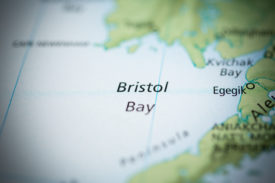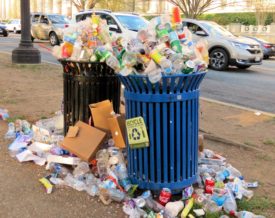Oregon will study the possibility of getting its state forests certified as sustainably managed. But for reasons that are not entirely clear, the state is only considering a rather unusual form of labeling.
Oregon will contract with the Pinchot Institute for Conservation to determine its prospects for certification under the Programme for the Endorsement of Forest Certification (PEFC). PEFC, originally from Europe, is not a very common form of labeling in North America. Something seems fishy.
Far more common are the Sustainable Forestry Initiative (SFI) and the Forest Stewardship Council (FSC) labels. SFI is generally considered a more industry-friendly form of certification. (In fact, most of Oregon’s industrial forestlands are SFI certified.) FSC, on the other hand, is the favorite among environmental advocates, who argue that it’s standards are more rigorous. (Nearly 600,000 acres of non-state forests in Oregon are FSC certified.) Given that North America, and Oregon in particular, already has two widely adopted standards, it’s unclear why Oregon wants to pursue another less well-known brand. The Pinchot Institute, for instance, did similar research for Washington’s state forestlands, but evaluated the prospects for SFI and FSC.
According to an article in the Oregonian, state officials are attracted to PEFC because they want to consider certification for the entirety of Oregon’s state-owned forest holdings, not just individual parcels of land. But the article admits that it’s not clear PEFC would certify in that manner. And stranger still, FSC actually could be used to certify the entire state’s holdings—state official’s claims simply don’t hold water.
Pennsylvania, for instance, won FSC certification for 2.2 million acres of its state-owned forests. Oregon, by contrast, only owns 780,000 acres. Three other states—New York, Minnesota, and Maine—have FSC certified more than a half million acres of state forests each. And Tennessee won FSC certification for 14 separate state forests.
So why can’t Oregon pursue FSC standards, which are well-known in North America and endorsed by most environmental groups? One possible answer is that the state believes it can win PEFC endorsement without making substantive improvements to its forestry practices. If so, the new "sustainable" label would be more about green marketing and less about improving ecological stewardship.
(Full disclosure: A member of Sightline’s board of directors is a fellow of the Pinchot Institute.)








